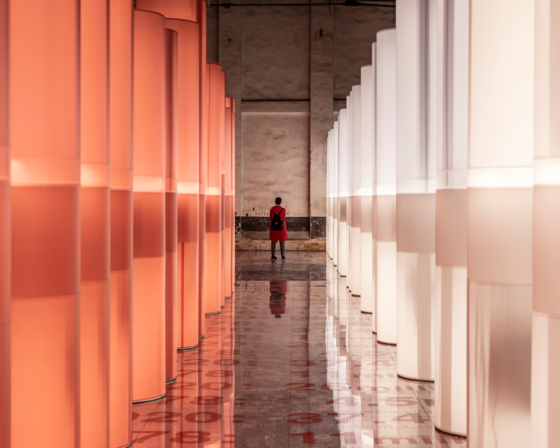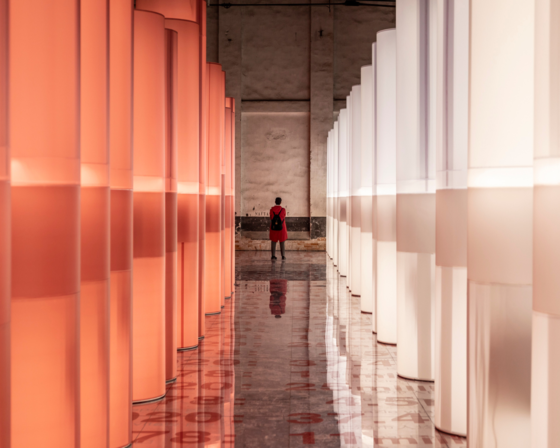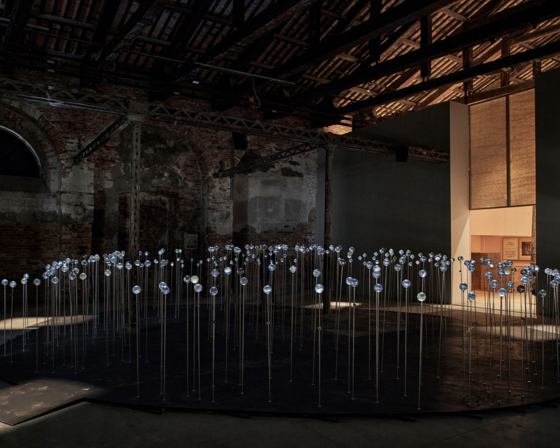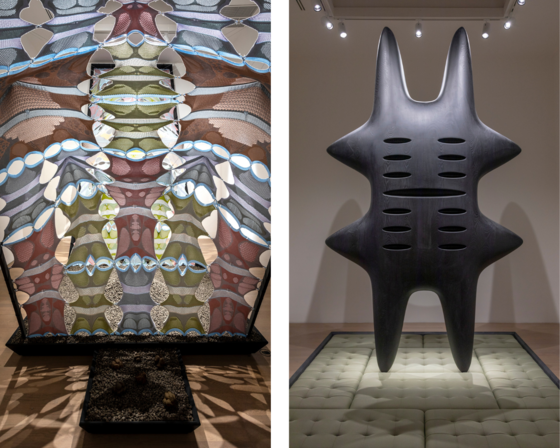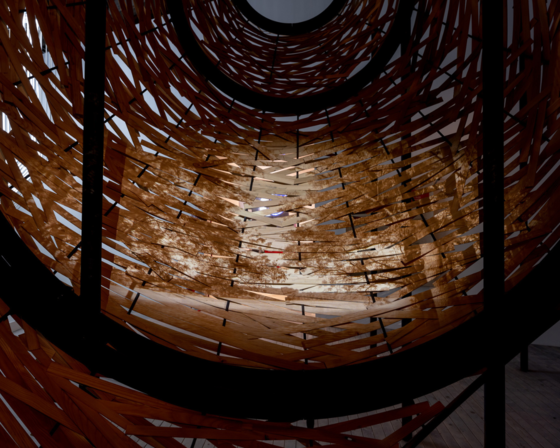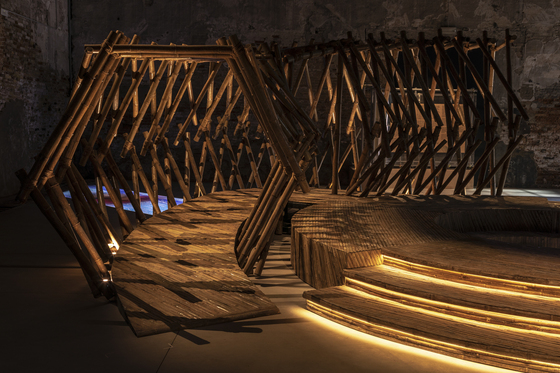
Putin vows to stop ‘rebellion’ as Wagner mercenaries seize military sites
25 Giugno 2023
I 25 anni di Mulan, l’eroina che ha cambiato tutto
25 Giugno 2023Venice Architecture Biennale: 5 Innovative Pavilions
This year’s Venice Architecture Biennale sees 64
national pavilions investigate the future of buildings,
public spaces and city planning. Discover five highlights,
from sculptures that reuse materials to installations on botany.
People’s Republic of China | Renewal: A Symbiotic Narrative
China has the largest population in the world: 1.4118 billion inhabitants. Experiments with VR and renewables offer new possibilities in high density environments, as viewers are
encouraged to “view, unfold, contemplate and stroll” works on view.
encouraged to “view, unfold, contemplate and stroll” works on view.
Chile | Moving Ecologies
Moving Ecologies is inspired by the history of Quinta Normal Park
in Santiago. Architecture combines with botany and science to
create an inventory of seeds for the future, imagining how species from across the world can be used to repair environmental damage.
Great Britain | Dancing Before The Moon
Hundreds of tons of rubbish is repurposed to create intriguing sculptures, which are complimented by film and soundscape.
The display responds directly to the social responsibility of
buildings, reimagining long held customs, rituals and traditions.
Croatia | Same As It Ever Was
The Lonja wetlands is the largest protected landscape in
Croatia. Oak forests, arable fields and swamps are punctured
with observatories made from local materials. Designers Mia
Roth and Tonči Čerina bring these biomorphic forms to Venice.
Philippines | Tripa de Gallina: Guts of Estuary
Estuaries mark the point where freshwater meets saltwater.
In Manila, the region’s longest estuary Tripa de Gallina is in limbo,
as pollution and waste halts the waterway. Projects examine this environment, outlining the relationship between nature and humanity.

